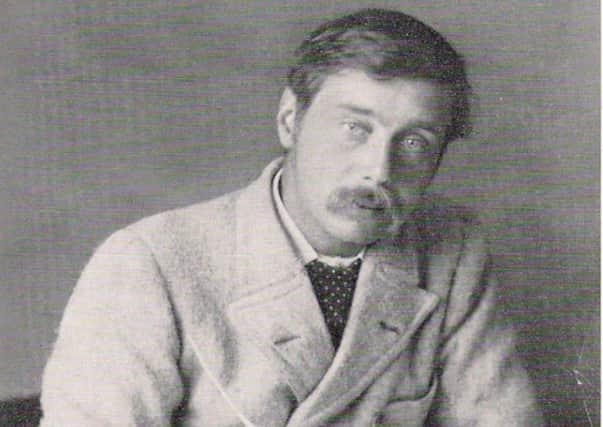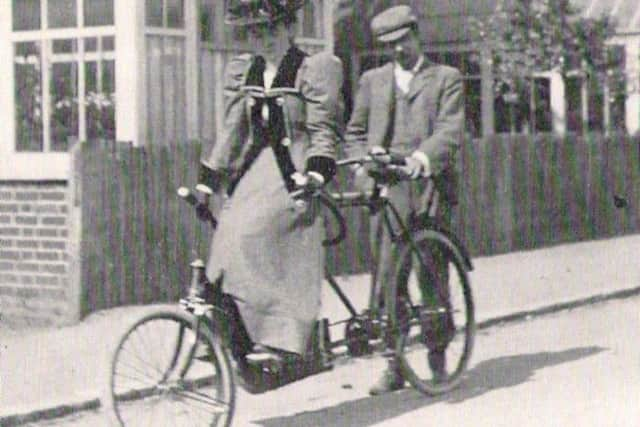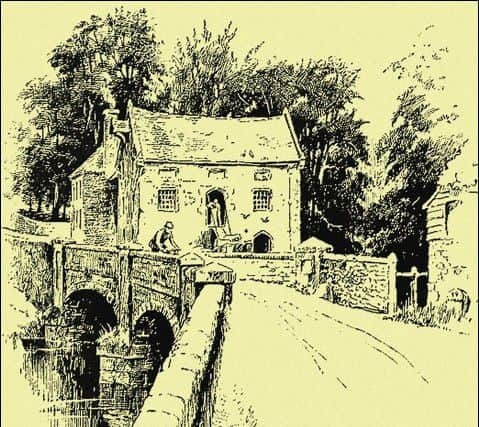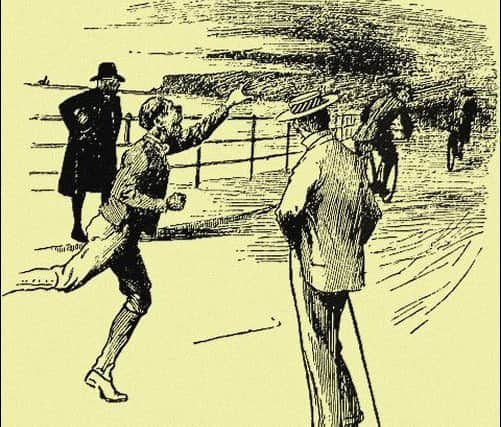From Three Bridges to Midhurst '“ HG Wells' love affair with Sussex


His mother found him in the early hours, studying the craters of the moon.
Meanwhile, in the library, there were books he was allowed to borrow, and in this way the teenager discovered Voltaire, Tom Paine and Swift.
Advertisement
Hide AdAdvertisement
Hide AdHe read Plato’s Republic while lying atop Uppark Down, overlooking Harting village, and learned that the world need not be as it is currently arranged.


HG Wells was born 150 years ago, on September 21, 1866 at Bromley in Kent, where his father ran an unprofitable china shop. But his family roots were in Sussex. His mother’s parents had kept at various times a staging inn at Midhurst, the Fountain Inn in South Street, Chichester, and the New Inn in Wyke Road, Chichester, and she had attended Miss Riley’s finishing school in Chichester before becoming a lady’s maid at Uppark, leaving in 1853 to marry the gardener, Joseph Wells.
In 1880, the family’s finances being especially parlous, she returned as housekeeper (Wells claims she was “the worst housekeeper that was ever thought of”; she was eventually sacked), and her son paid frequent visits that proved highly formative.
The Uppark locality appears in many of his works. Siddermorton Park in his playful satire The Wonderful Visit (1895), in which the vicar shoots down an angel by mistake, Checkshill Park in In the Days of the Comet (1906), Bladesover in Tono Bungay (1909), and Burnmore Park in The Passionate Friends (1913), are all based on Uppark, while it has been argued that the underground shafts and tunnels in Wells’s earliest work of fiction, The Time Machine (1895), derive from similar ones at Uppark.
Much of The Invisible Man (1897) is set in nearby Iping.
Advertisement
Hide AdAdvertisement
Hide Ad

Midhurst also features. Wells briefly worked in Samuel Cowap’s chemist shop in Church Street, where he “rolled a few score antibilious and rhubarb pills, broke a dozen soda-water siphons during a friendly broom fight with the errand boy, learnt to sell patent medicines, dusted the coloured water bottles”.
Unlike the various draper’s shops where he had been previously apprenticed, Wells liked this shop, “with its drawers full of squills and senna pods, flowers of sulphur, charcoal and suchlike curious things”.
Later he both studied and then taught at Midhurst Grammar School.
He calls Midhurst “a happy place”, where his landlady, Mrs Walton – above a sweet shop next to the Angel Hotel in North Street – gave him the first decent meals of his life – “her stews were marvellously honest and she was great at junket, custard and whortleberry and blackberry jam”.
Advertisement
Hide AdAdvertisement
Hide Ad